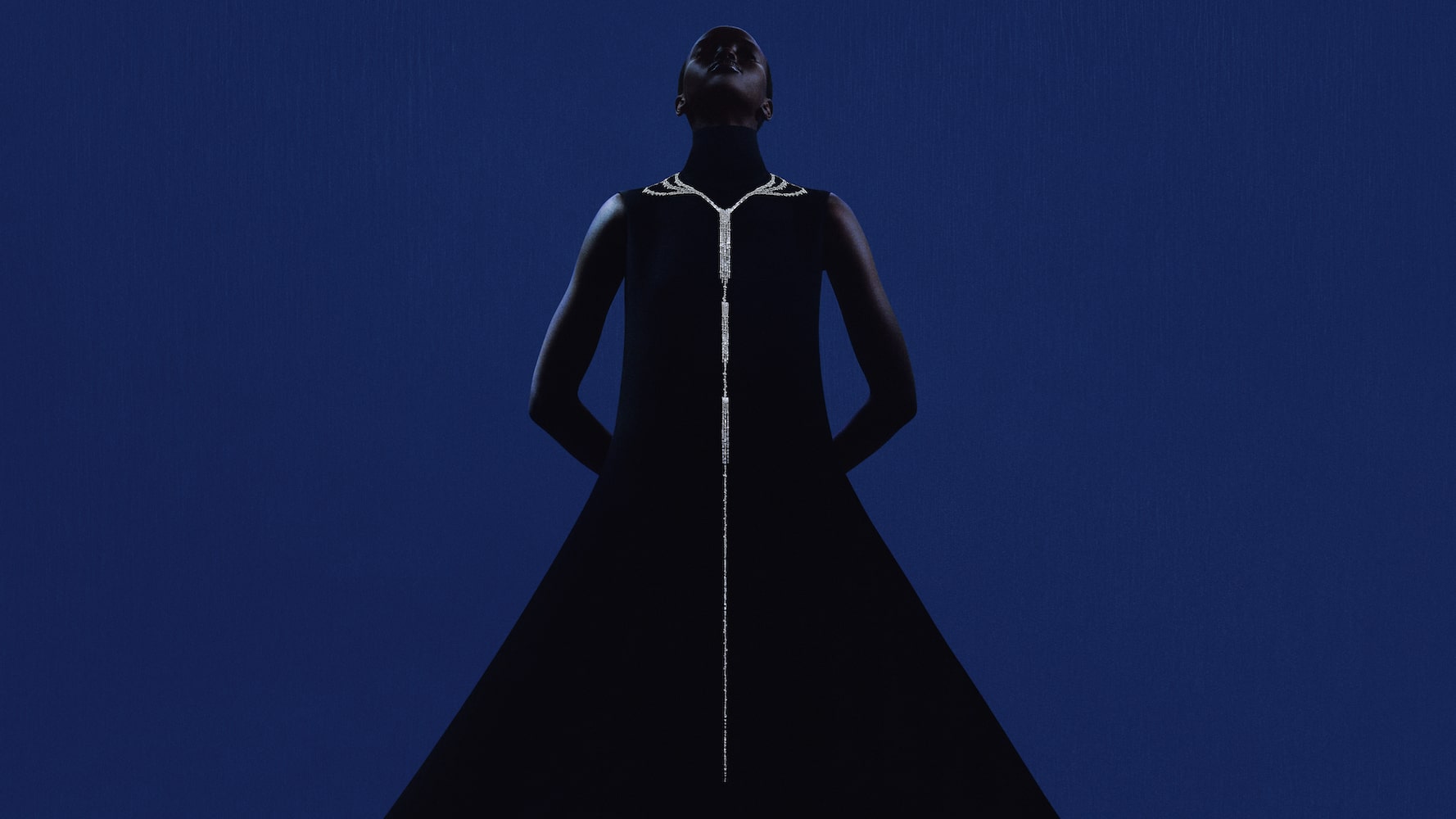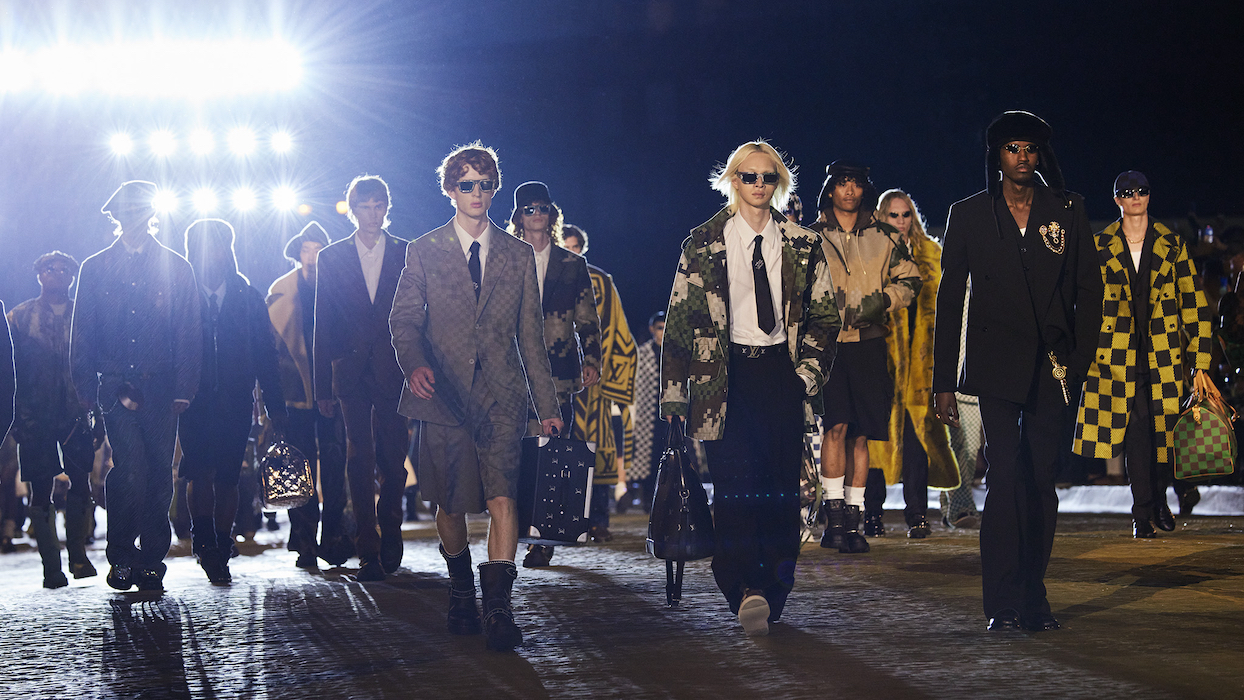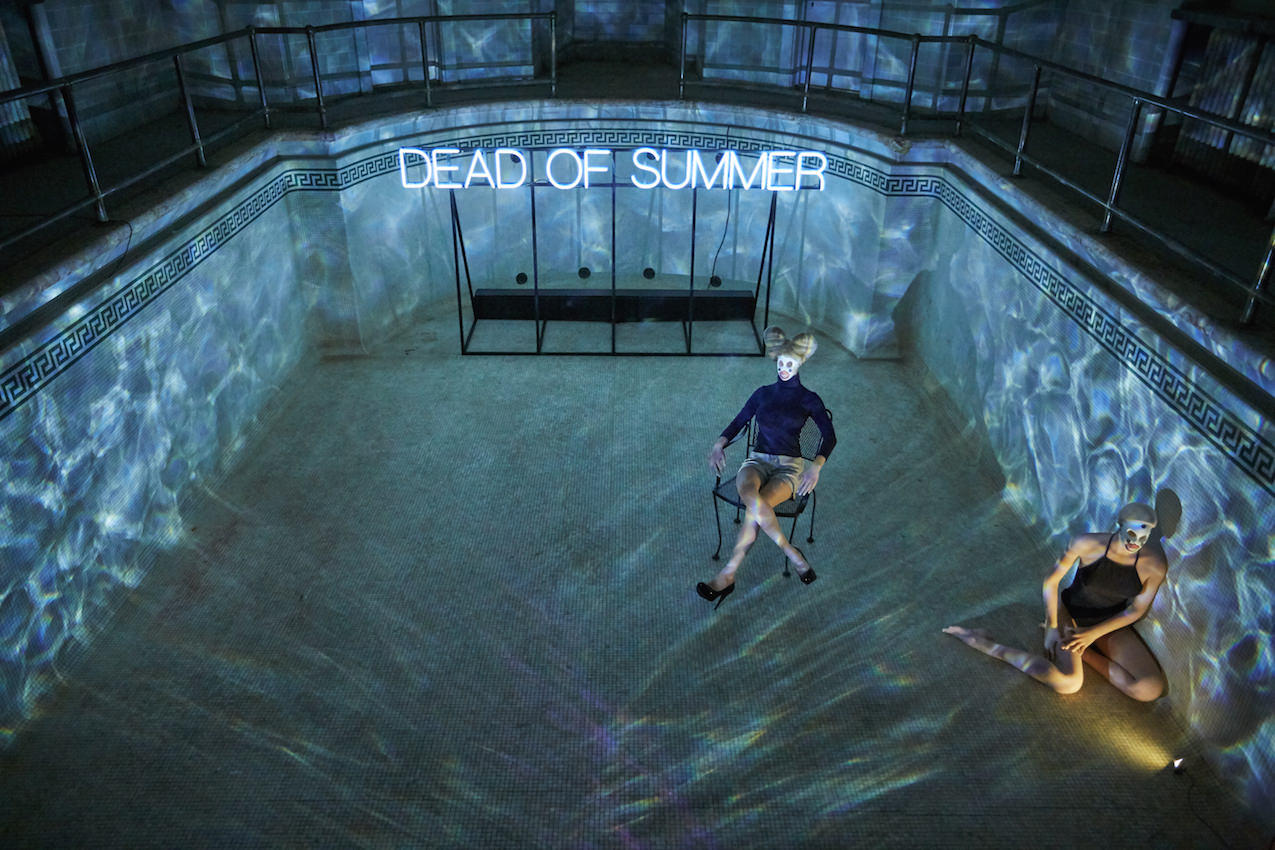At this year’s Baselworld Watch and Jewelry Show, Hermes enlisted the talents of Pritzker Prize winning, conceptual architect Toyo Ito to construct the company’s one-of-a-kind pavilion. Inspired in part by elements of traditional Japanese teahouses, the structure also reflects Ito’s fascination with bringing together the natural and manmade worlds. A large, yet delicate mass protected by a layer of “outer skin,” Ito’s creation is whimsical, organic, and almost lifelike in its design. Whitewall had a chance to speak to the architect about creating the pavilion and what he hoped his design would convey to those who had the opportunity to explore it in person.
WHITEWALL: Your work has been celebrated for the way it makes architecture human, and for the fluid way it connects the outside and inside world. How did you apply these principals to the creation of the Hermes Pavilion?
TOYO ITO: Human beings and architecture were once a part of nature; however, people have forgotten about it with the advent of the modern age. I believe the challenge of the 21st century is how to recover it.
I learned much about Hermès during the second Prix Émile Hermès event in 2010, and was very impressed with the care with which Hermes creates their product and their respect to natural elements. I designed this pavilion with the idea of expressing their spirit.
The translucent external surface of the curved wooden lattice does not close the Hermes booth from the other pavilions in the exhibition hall, but creates a relationship with them outside of the pavilion; at the same time, it symbolized a personal realm that represents the spirit of Hermes as a company.
WW: The pavilion takes inspiration from traditional Japanese teahouses. What inspired you about those particular structures?
TI: There were common elements with the teahouses and pavilion, but that was not the sole source of inspiration.
WW: The natural world is a recurring theme in both your outside body of work and in the Hermes pavilion where you use a selection of natural materials. What do you ultimately want to convey through using nature as a point of reference?
TI: I spent much of my childhood in nature and the experiences had a lasting impact. When designing, I always concentrate on creating a relationship with nature. The main idea for the Hermès Pavilion was to use natural materials such as wood and natural dye as much as possible and to express warmth and softness. We were conscious of choosing natural colors from different types of wood. We also incorporated several colors of natural-dyed textiles to symbolize Hermès.
WW: The pavilion is described as having ‘skins’ and will have the appearance of ‘trembling in the wind’. Why did you feel it was important to give the structure these lifelike elements?
TI: The external surface of the wooden lattice is a space that represents the company spirit of Hermès. The inner glass surface meets the clients needs and provides shelter.
WW: The pavilion is designed to be both “ephemeral and permanent” and will be taken apart and reassembled in the future. Was it a challenge to successfully interpret the seemingly contradictory ideas of something permanent and fleeting in one design?
TI: The biggest challenge was the outer walls – the see-through curved structure assembled by wooden strips. Generally, when a structure will be assembled and disassembled repeatedly, it will be based on the linear structure and have an industrial aesthetic. However, for this booth, we made great use of curved lines and challenged its temporality. We started to design the pavilion on the condition that it will be used for 10 years by repeatedly assembling and disassembling.
WW: What was your favorite part of designing the pavilion?
TI: I like the gently curved surface, which is created by the wooden laths and the watch showcases, which were carved out from a mass of aluminum then elegantly polished by the hands of craftsmen.










